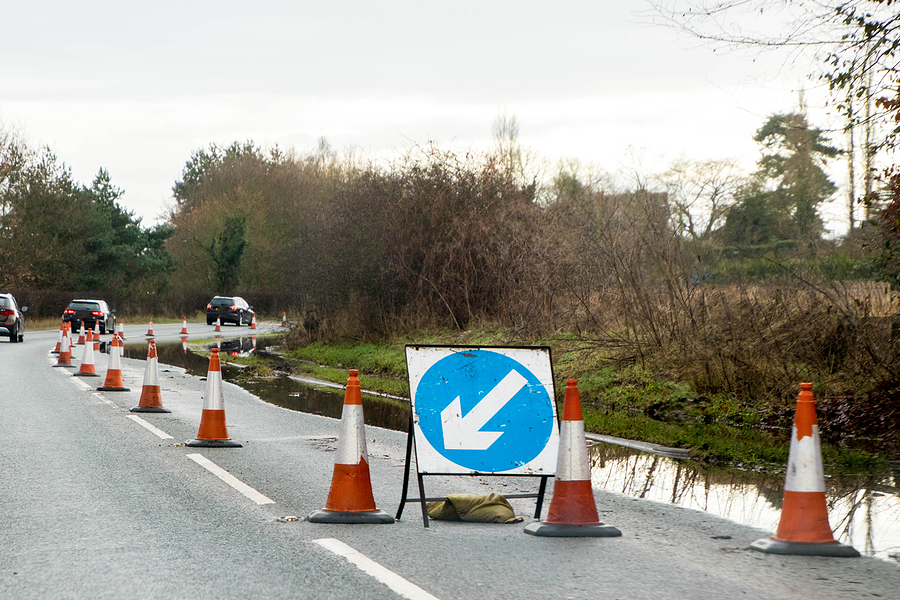A £285m concrete repair project that aims to revitalise almost 400 miles of England’s road networks has been announced by Highways England.
In a press release unveiling the scheme, Highways England revealed the push to repair this ageing part of the UK’s transport infrastructure over the next five years.
This scheme, made up of two major contracts, is part of a £400m drive nationally to invest in concrete road renewals, and part of a £27bn investment in the UK’s road network generally.
These include reconstruction works to demolish road surfaces that have worn out over the years and replace them with a smoother surface, as well as works to extend the life of many existing motorways and A-roads with concrete surfaces.
Many concrete roads are found in East England, in places such as Yorkshire, East Anglia and the South East, as well as smaller patches elsewhere.
Why Choose Concrete Roads?
Concrete roads were particularly popular in the 1960s and 70s, and as a result, most of the concrete roads seen in the UK are over 50 years old, double some estimates of their expected lifespan.
They became highly popular for several practical reasons as well as a few rather more unexpected reasons.
The primary reason is lifespan. Concrete roads are very strong and robust compared to asphalt roads, with estimates ranging from 20 to 40 years of life before they need major revitalisation.
Concrete is exceptionally resilient at handling compressive forces, such as heavy goods vehicles and cars driving over them, which made them popular for major roads such as A-roads and motorways.
Concrete is a highly water-resistant surface as well so long as there are no cracks or structural weaknesses.
As well as this, a grooved surface can be ground into them to provide a high level of skid resistance.
They are also fairly easy to restore and repair, using diamond grinding, sealing cracks and other repair methods.
Along with practical considerations, concrete roads fit the brutalist aesthetic that was very popular in the UK at the time. Brutalism is a style of building architecture based around exposed concrete, minimalist design and showcasing structural elements.
It is a design philosophy that is highly controversial, adored by some and considered hideous by others, and this debate rages in whether buildings such as Preston Bus Station should receive listed building status.
Despite this, there are also some disadvantages to concrete roads, which may explain why the entire road network was not replaced with concrete road surfaces.
One major disadvantage is cost; concrete roads cost quite a lot of money up front to build, in part due to the materials but primarily due to the longer timeframe of construction.
As well as this, concrete roads are louder than asphalt ones because of the stress on expansion joints and cracks in the concrete. This is also why concrete roads get louder as they get older.
This can cause a hypnotic, tiring effect on a driver as the sounds and vibrations can repeat for a very long time.

